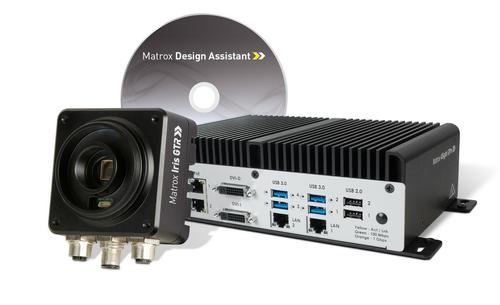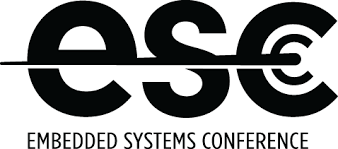With bending the cost curve a major priority, machine vision is embracing flexible hardware architectures and application flowchart programming.
November 3, 2016
Machine builders and integrators implementing machine vision solutions are, from necessity, always looking for ways to implement higher-performance systems, reduce overall system costs, and limit the time required for application software development.
In response to these trends, new technology from Matrox Imaging implements a hardware-independent integrated development environment (IDE) that lets users create an application flowchart and HMI solutions. This enables machine vision projects to develop from concept to completion in much shorter development times, without the need for conventional programming.
Bending the Cost Curve
“If you look at our product lines, we offer both hardware and software solutions but there is a commonality in focus on bringing costs down,” said Sam Lopez, director of sales and marketing for Matrox Imaging. “In the past, no one talked about cost until they had decided that the technology was right and the system specifications were met. These days, almost every discussion starts with cost. Customers assume there is a solution, but immediately want to know what it’s going to cost.”

A new hardware-independent integrated development environment (IDE) lets users create an application flowchart and HMI, taking machine vision projects from concept to completion in record time, without the need for conventional programming.
Lopez said system options and the complexity of the system configuration will often have an impact on cost. But from the supplier’s perspective, system components and subsystems need to be as inexpensive as possible. The result is fewer “bells and whistles” in the base products, and a need to keep variations separate and optional. Solutions need to be flexible enough to support additional options but this often makes the design more complex and the R&D process more expensive.
“What we try to do is deliver the best possible solutions at the lowest possible price. From a software standpoint, the trend is to focus on the best software functionality that is both the easiest to use and reduces development times and time-to-market,” Lopez said.
 Share Your Knowledge: Speak at ESC Boston! We encourage proposals from speakers with deep technical and practical expertise in Advanced Intelligence; Embedded Systems Hardware, Software, and Firmware, as well as practitioners who have developed strategies for reducing time, cost, and complexity in the embedded development process. Submit your proposal before Nov. 21, here. ESC Boston, hosted by Design News’ parent company, UBM, will be held May 3-4, 2017.
Share Your Knowledge: Speak at ESC Boston! We encourage proposals from speakers with deep technical and practical expertise in Advanced Intelligence; Embedded Systems Hardware, Software, and Firmware, as well as practitioners who have developed strategies for reducing time, cost, and complexity in the embedded development process. Submit your proposal before Nov. 21, here. ESC Boston, hosted by Design News’ parent company, UBM, will be held May 3-4, 2017.
One key trend helping the situation is that, with costs coming down, machine vision is finding more and more applications within the manufacturing cycle. In the past where people would inspect, for example, just the final product or at a final major step in the assembly, OEMs are inserting more inspection equipment at various places which provides an opportunity to detect and stop or modify the process before the product moves down the line. Bringing down the cost adds complexity to the development process of finding and creating new solutions at low enough cost points but, with volumes going up, suppliers are recovering their initial investments.
Focus on Software Solutions
Lopez said customers are definitely focused on the types of software solutions that suppliers can offer. Where engineers can use a library or software development kit (SDK) to develop custom applications, we’ve now reached the point where solutions are available for those people who don’t want to do too much programming and/or limit the amount of programming required because those resources are becoming more and more scarce.
“We have been committed to developing more high-level software tools to reduce programming complexity, and have brought it to the point where people are creating applications by developing simple flowcharts,” Lopez added. “In these environments, there’s no need for C, C++ or C# programmers because users can design their application using the intuitive software interface and by employing templates that are provided in the tool. Using the templates, users can modify and re-configure different options to adapt the template for specific needs.”
You May Also Like



